How To Build Email Marketing Campaigns That Get Results

One of the greatest advantages of email is the many insights that you can use to diagnose and optimize the success of your email marketing campaigns.
Many marketers believe they’re only competing against their competitors, but what they fail to do is compete against themselves. Using data as the driver of your content, you can increase your chances of “success” for every campaign you send.
While personalized event-based touchpoints are important, they’re only part of what makes up the meat of a truly effective email campaign that digs deep into the motivators behind conversions on your products. Behavioral-based triggers are essential, but most do not build brand loyalty and value over time.
What keeps your subscribers coming back is relevant, curated content. Here’s a 4-step process to help you create email marketing campaigns that are hyper-relevant and useful to your subscribers.
Knowing your email marketing campaign content categories and how they perform is one of the most missed facets of knowing your audience.
As a start, choose four to five categories that you’d like to message monthly.
These content categories will be unique to your brand, and you’ll need to assess what’s most relevant independently.
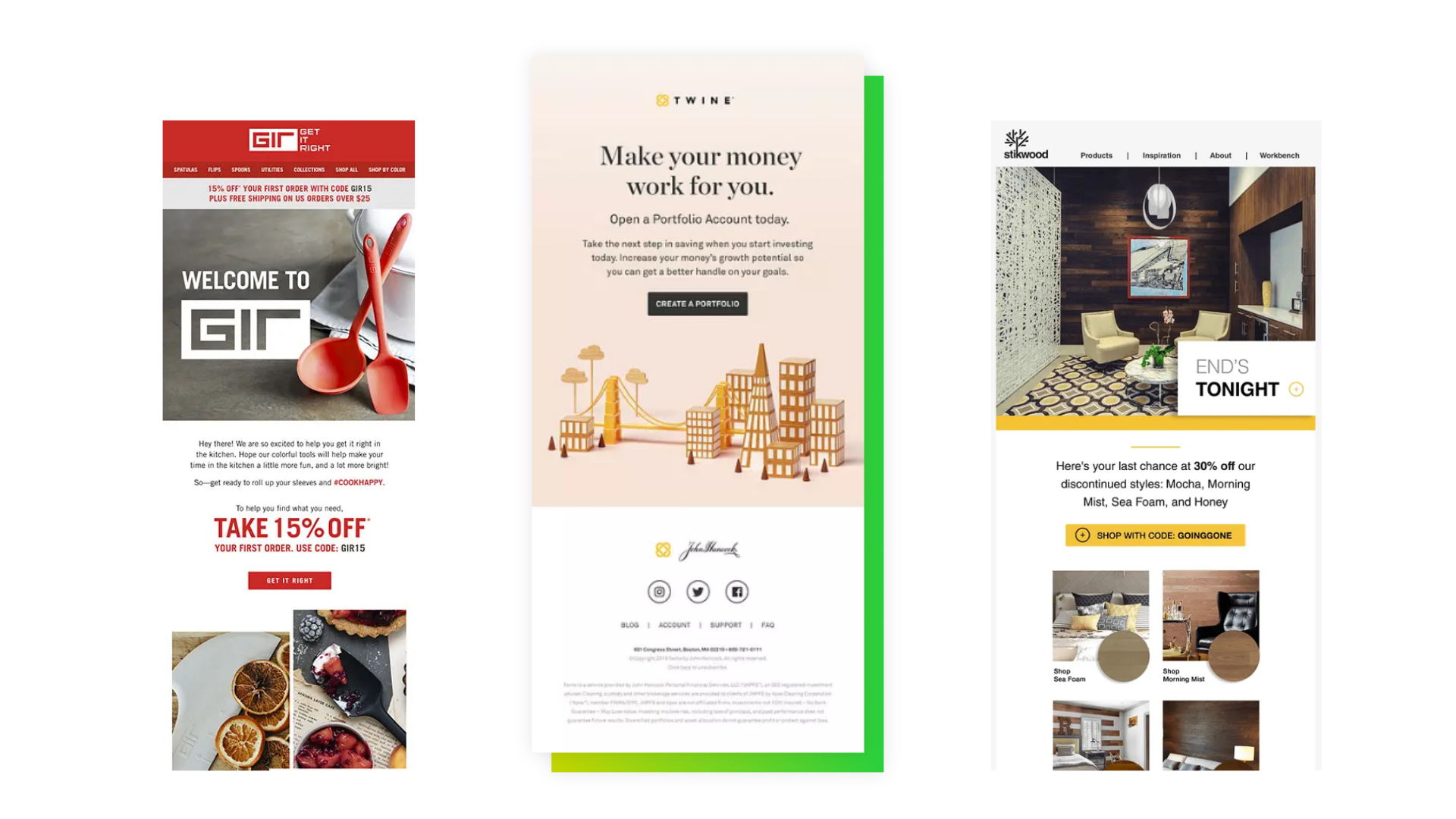
Here are some general groups you can begin with:
Send out a few months of content with a mix of these categories.
Pull your analytics out of your system and separate all of your metrics by category. These will form a set of baseline analytics for each type of content, and give you a good idea of what to expect when you send these out.
Using these insights when you build out monthly email marketing campaigns calendar can help bring in consistent revenue MOM by incorporating promotions into months that are typically lower performing, and pulling back on discounts during months that are seasonally high.
There is so much information out there around consumer behavior and you’ll need to spend some time understanding what that means for your brand.
The set of principles that I’ve found to be most effective are Robert Cialdini’s 6 Principles of Persuasion (Cialdini, Robert B. Influence: Science and Practice. New York: HarperCollinsCollegePublishers, 1993. Print.).
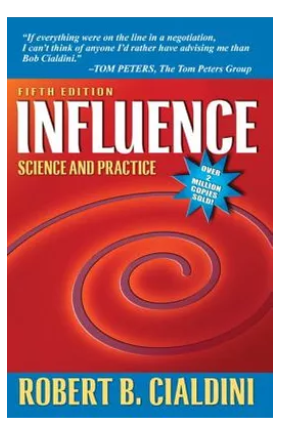
Determine how each of these plays into your brand and how they can be utilized through your email campaigns.
Examples below:
Using tactics that feed into these motivators, especially making them specific to your brand, can connect the dots of why your subscribers should buy your products from you.
But don’t stop there!
Social obligation is only half of the battle. The second piece comes with a deeper understanding of how they respond, and additionally, establishing an environment that provides the best circumstances for them to convert.
An untested content calendar can establish a baseline, but it must be optimized with testing.
In order to optimize your content, you’ll need to identify your key performance indicators.
A good starting point is the analysis of Open Rate, Click Rate, and Conversion Rate. As a best practice, make sure you’re always testing in isolation, measuring results for statistical significance, and testing across at least 3 campaigns.
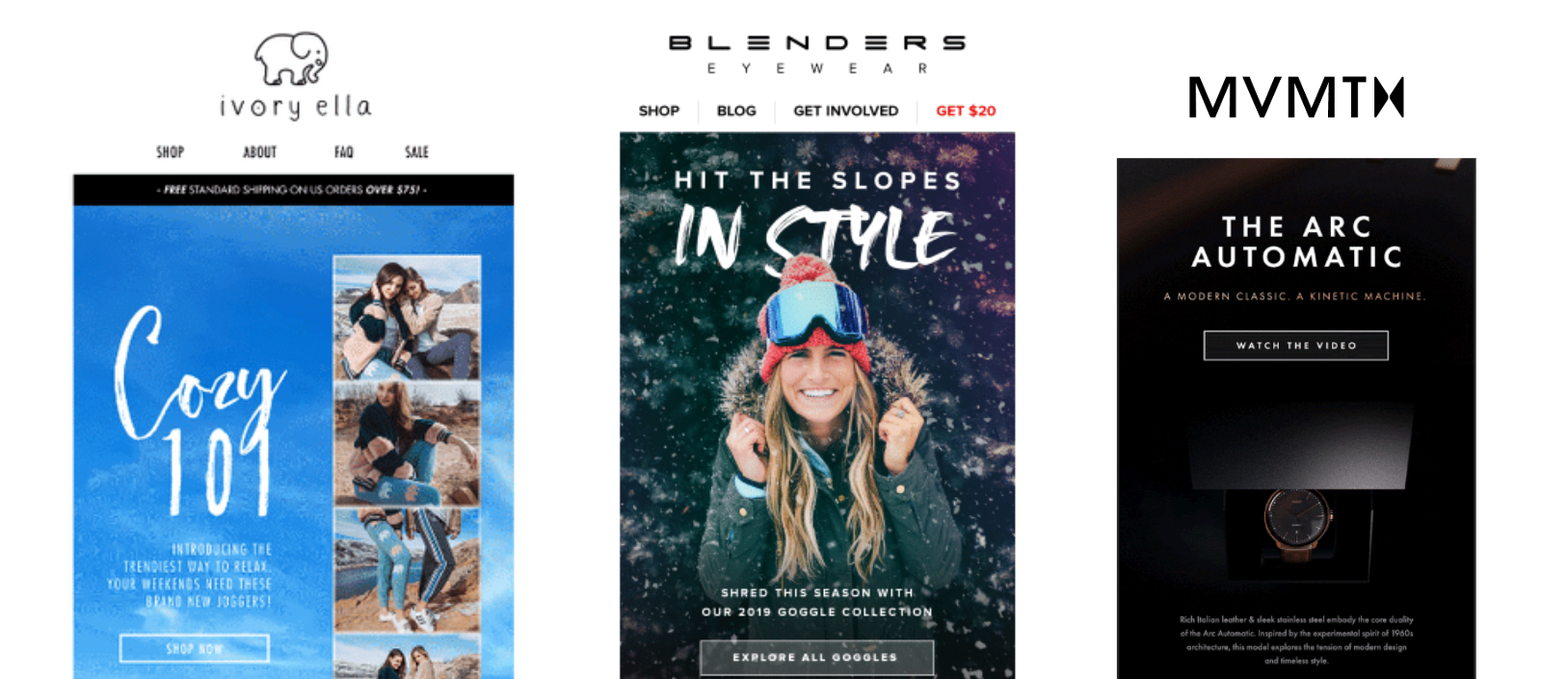
A) Begin with Open Rate Optimization using Time of Day Testing, Day of Week Testing, and Subject Line Testing:
B) Once you’ve completed preliminary Open Rate testing, move on to Click Rate testing.
When looking at click rate optimization, remember that the email is the invitation, and the website is the party.
If you don’t invite someone in an enticing way, they won’t be attending. If they don’t attend, they don’t convert off of your campaign. In click rate optimization, you’ll test Calls to Action (color, words, etc), promotions ($ off vs % off), forms of copy (long form vs short form), and overall template layout. For more info on these tests, check out this great article that contains three click optimization tests you can try this month to start with!
C) Complete your analysis with Conversion Rate Optimization. Test landing pages, product features, and email specific pop-ups to assist in guiding a subscriber’s journey once they hit your site.
Once you’ve gathered the insights above, begin your content curation process.
A successful email campaign cannot exist without a consistent content calendar.
Through the testing process, you’ve created the best possible situation for your subscribers to engage, but now you need to create the content that stays seasonally relevant and motivates subscribers to purchase by revealing pain points throughout. Yes, I’m talking about deeply linking how your product benefits people to seasonal current themes.
To stay seasonally relevant, we’ve built out a list of all of the holidays that could possibly be utilized by your brand. We additionally come out with more in-depth quarterly calendar recommendations to help you determine which holidays fit your brand best (Q1, Q2).
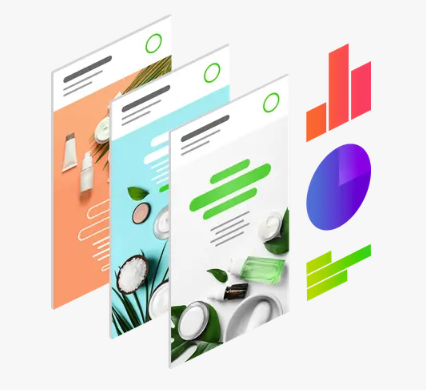
When you’re analyzing the holidays, work to make those connections with your brand.
Identifying key associations and emotional motivators to purchase will help guide your focus. Let’s take the upcoming 7/30 International Day of Friendship, for example.
Would you identify your product as the perfect gift for a friend? If so, you should build out email content leading up to the date with strong gifting focused language around gifting to your best friends.
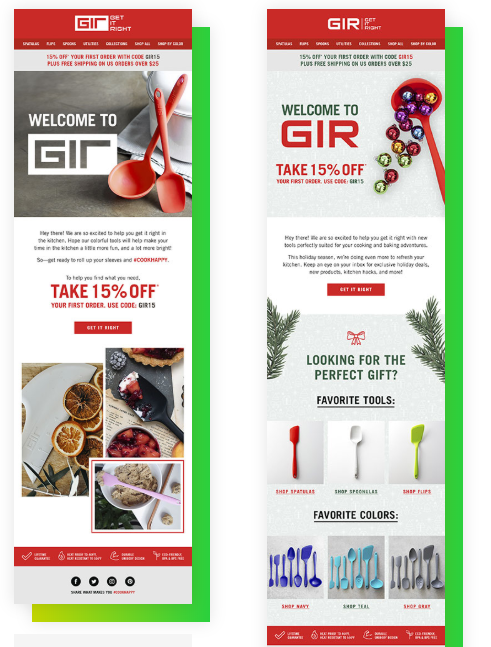
Don’t have a product that would be good to symbolize friendship but you have a blog that offers advice or a tone that communicates in a conversational way? Great! Utilize your personable brand to message your qualities of friendship and extend an offer on the day of to leverage reciprocity as a motivator to purchase.
The key to building successful campaigns is behind an overarching email content strategy that consistently combines your analytics, the key motivators of purchasing your product, and relevant, seasonal events. With that, you’ll have all of the tools you need to build successful, data-driven campaigns.
Before you begin, make sure you read up on how to build an audience and how to avoid deliverability issues by keeping your list clean.
Want to learn more? Get in touch with our CRM & Email team here.
